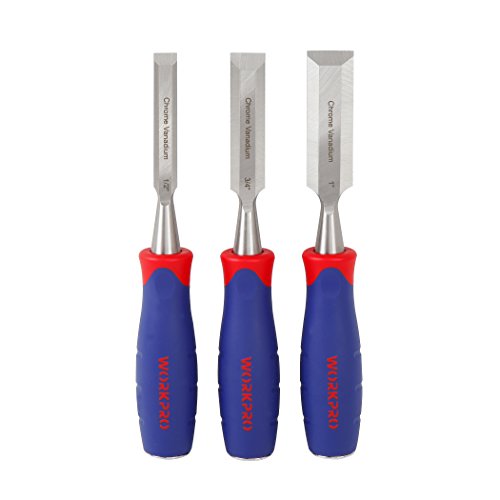The Importance of Proper Chisel Handling
Working with chisels requires a level of skill and precision. One of the most fundamental aspects of effective chisel use is knowing how to hold the tool correctly. Proper chisel handling can help prevent injuries and ensure clean, accurate cuts. Here’s what you need to know to hold a chisel the right way.
Starting with the Grip
The first part of holding a chisel correctly is your grip. The ideal grip will vary depending on the type of chisel and the specific work you are doing. However, there are a few general guidelines that you can follow. First, always grip the chisel firmly but not too tightly. You want to be able to control the tool effectively without putting unnecessary strain on your hand or wrist.
Consider Your Body Position
In addition to your grip, your body position is also an essential part of chisel handling. As you work, make sure that you are standing steady and balanced, with both feet firmly planted on the ground. Keep your elbows close to your body and your shoulders relaxed to help maintain control of the chisel and prevent strain or injury.
Specific Techniques for Different Cuts
Depending on the kind of cut you are making, there might be specific techniques for holding your chisel. For example, when making a paring cut, you might want to use a claw grip – holding the chisel with your thumb on top and your fingers wrapped around the handle. Alternatively, when making a mortise cut, you might use a hammer grip – holding the chisel handle with one hand and tapping the head with a hammer in the other.
Tips for Beginning Chisel Users
If you are new to working with chisels or want to improve your technique, there are a few tips that you should keep in mind. First, always make sure that your tools are sharp and in good condition – working with dull or damaged chisels can make it harder to use them safely and effectively. Additionally, take the time to practice different techniques and grips in a controlled environment before moving on to more complex projects. Finally, always work slowly and deliberately, paying close attention to your body position and grip as you go.






